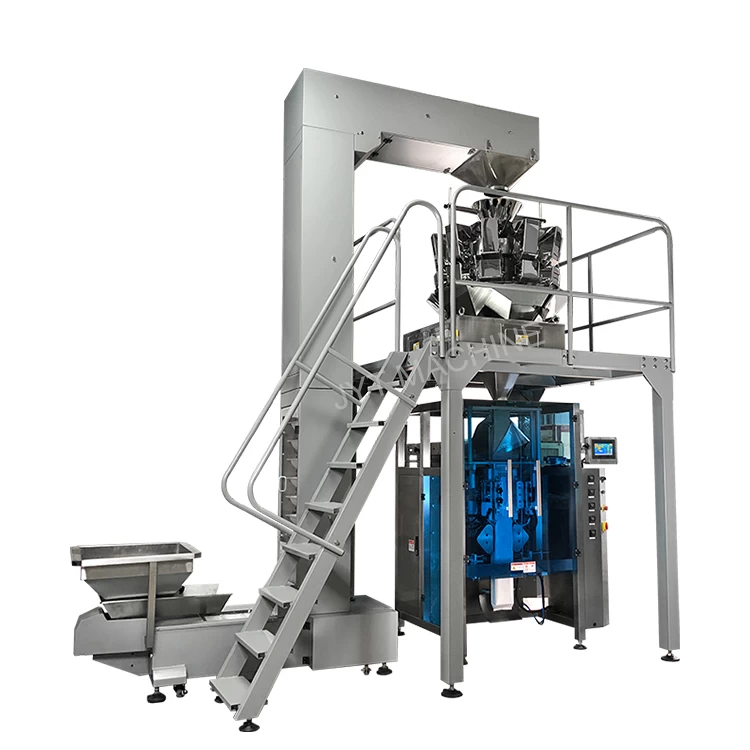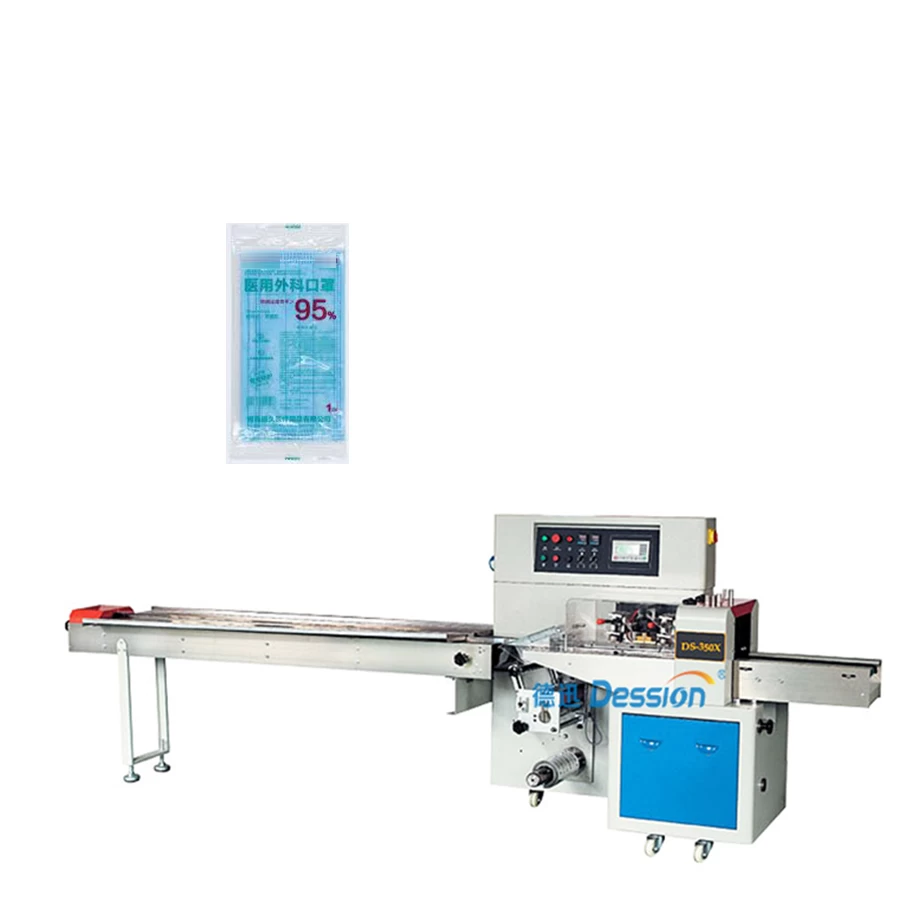What is a capping machine
Capping machines, also known as capping machines, capping machines or capping machines, are used to tighten and loosen the caps of plastic and glass bottles (molded or plastic). Capping machines are generally used for crimping and sealing equipment for aluminum or aluminum-plastic caps filled with antibiotic powder injection glass bottles (molded bottles or vials).
In the market, there are mainly pressure screw capping machines, clip screw capping machines and linear capping machines. Capping machines usually have speed and torque adjustments. The more common products in daily life include beer bottle caps, beverage plastic bottle caps, etc., which are all products that are capped and sealed using a capping machine.
Capping machines are widely used in the beverage and pure water industries. The capping machine itself has the advantages of reasonable structure, excellent performance, fast speed, simple operation and convenient maintenance. Stable quality, important parts are made of acid-resistant aluminum and stainless steel, suitable for producing different bottle types of various calibers.

The working principle of the capping machine:
Rejection device: The bottle caps are stored in the lower hopper and transferred to the sub-cap bin by the frequency conversion lifting belt. After the caps are arranged, the caps are supplied to the capping head from the feeding channel. The caps are locked during the movement of the six capping heads, and the capping torque can be adjusted by magnetic adjustment. function, so that the screw cap is just right.
The capping machine evacuates the packaging bottle and then tightens it, which prolongs the storage time of the packaging, reduces the failure rate of the capping machine, and improves the packaging efficiency of the capping machine. What are the precautions for the correct operation of the capping machine? Here is the introduction of Chinese automatic capping machine manufacturers.
1. Roller adjustment: Put the bottle on the stand, then lift the stand to a high point. First loosen the tightening nut to adjust the rollers so that the (spring) edges of both rollers are on the edge of the bottle. At the starting point, loosen the tightening nut and adjust the adjusting screw so that the edges of the two rollers are in contact with the cover. A little pressure is appropriate, then tighten the nut.
2. Adjust the locking wheel: To adjust the two locking wheels, first loosen the tightening nut and adjust the locking wheel so that the edges of the two locking wheels are in contact with the lower edge of the bottle cap, with a little pressure, and then lock Nut (Note: Adjustment should be from loose to tight, adjusting while pulling the lock).
3. Bottle cap lock: Loosen the top screw, remove the cap head, then remove the entire lock, install the appropriate plastic lock on the cone sleeve, and then adjust the lifting height of the bracket to meet the work requirements.
4. Height adjustment: start the machine to lower the bracket to the low point, then put the bottle on the bracket, loosen the brake nut, turn the adjusting screw to raise the bracket, then adjust the proper distance between the bottle caps and the capping head ( It is usually adjusted in place at the factory).
After purchasing a capping machine, we will provide strict training for operators and strictly follow the instructions during operation to reduce the possibility of capping machine failure and greatly extend the service life of the equipment.























